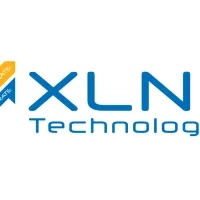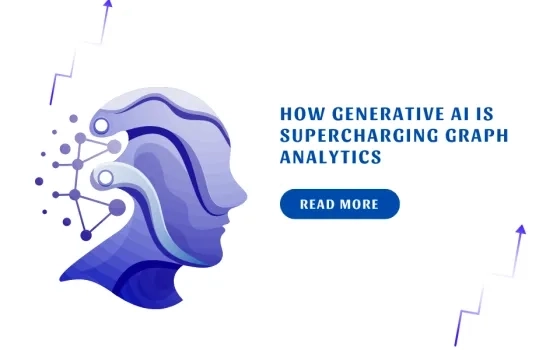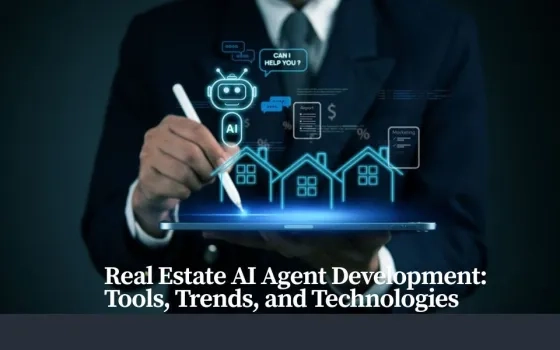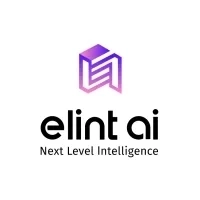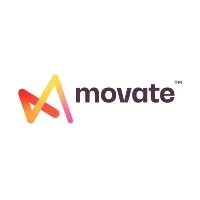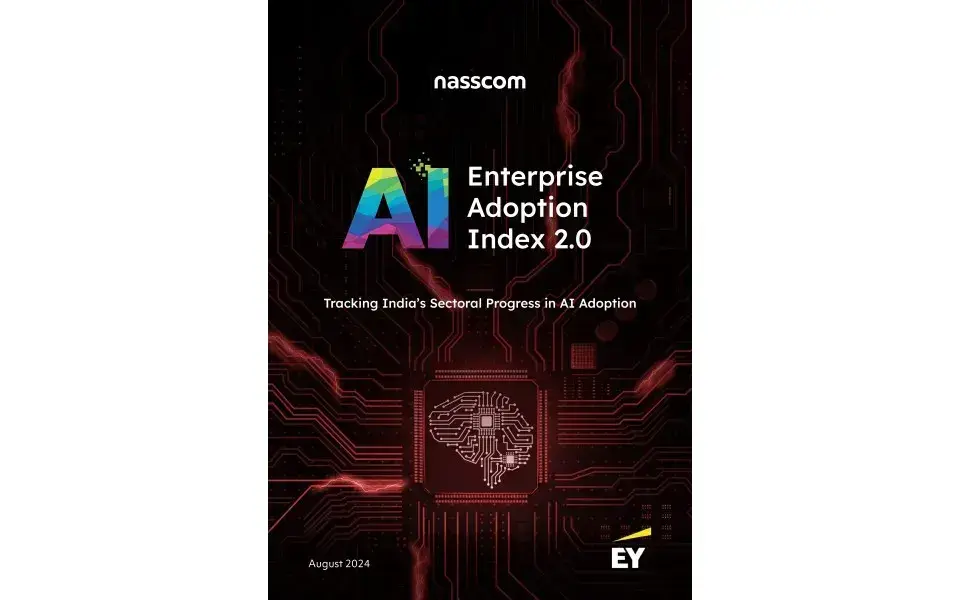In the last six to nine months, we’ve seen a proliferation of business-friendly AI studios, coming after the wave of developer-friendly AI platforms that emerged with GenAI. AI studios have started gaining traction by offering simplified, guided environments with low-code/no-code interfaces, pre-built templates, and connectors to business systems.
AI studios are designed with a very different audience in mind compared to traditional AI platforms. These studios are being positioned as the “business layer” of AI. They target product managers, business analysts, marketers, HR leaders, and operations teams who may not have coding expertise but need AI-driven insights and automation in their day-to-day workflows.
Tech software companies that already offer AI platforms are now rolling out studios to make AI accessible for not only tech users but also business users. By layering business-friendly studios on top of their developer platforms, they are widening adoption within client organizations, empowering non-technical users to quickly prototype, experiment, and deploy AI solutions without depending on data science teams for every iteration. This shift is as much about democratization as it is about speed and scale, ensuring that AI is not confined to IT departments but embedded across business functions.
What is an AI studio?
An AI Studio is an integrated environment designed to make the process of building, deploying, and managing AI applications easier and faster, especially for users with zero to no tech expertise.
Breaking down the different types of AI studio
Companies offer a variety of AI studios depending on target users, technical expertise, industry or function focus, and the type of AI solution being utilized. Popular types include:
|
Type of Studio
|
Users
|
Key Features
|
|
Developer-Centric Studios
|
- IT workforce
- AI or ML engineers
- AI architects
- Data scientists
- Experienced full-stack developers
|
- Custom data pipelining toolkits
- Advanced controls for model training
- Tuning and deployment
- Custom use case development
- Ex. Microsoft Azure AI Studio
|
|
Business User-Centric Studios
|
- Non-technical users in marketing
- HR
- Operations
- Sales
- Customer support
|
- Low-code/no-code interfaces for non-technical users
- Include drag and drop flows
- Prebuilt templates
- Guided workflows
- Ex. Salesforce Einstein 1 Studio.
|
|
Vertical AI Studios
|
- Industry-specific roles (e.g., bankers, doctors, manufacturers)
|
- Designed for a specific industry or domain with tailored models
- Dataset and workflows
- Ex. DotKonnect’s Vertical AI Studio.
|
|
Horizontal AI Studios
|
- Cross-industry business functions (e.g., customer service, IT service management, finance)
|
- Flexible workflows usable across industries
- Plug-ins for enterprise systems
- Multi-department applicability
- Ex. ServiceNow’s AI Agent Studio
|
|
Customizable AI Studios
|
- Data science/AI teams
- Enterprises with in-house models
|
- Focused on hosting
- Fine-tuning and serving AI models
- Often with BYOM (Bring-Your-Own Model) support
- Ex. Google’s Vertex AI studio.
|
|
Agentic AI Studios
|
- Developers
- Business analysts
- Innovation teams
|
- Built for designing and deploying AI agents like sequential task automation to complex multi-step autonomous workflows
- Ex. Microsoft’s Copilot Studio.
|
Table 1: Broad categorization of AI studios
AI studios do not follow a one-size-fits-all approach, organizations select between developer depth, industry specificity, or agent-driven automation based on their priorities.
AI Studio vs AI Platform
But why the sudden surge in AI studios? Platform emerged as one-stop environments for developers and data scientists, bringing capabilities such as cloud provisioning, data pipelines, model selection, creation, fine-tuning, and deployment, supporting the full cycle from pilots to production. While powerful, are often too custom-heavy and tech-intensive, creating bottlenecks for business teams. Studios bridge this gap by offering low-code/no-code tools, templates, and guided workflows, making AI accessible to roles like marketing, HR, and operations. In doing so, they extend AI beyond developers and data scientists, making adoption faster, broader, and more business driven.
While both share the common goal of enabling AI adoption, they differ significantly in terms of target users, technological scope and the way they simplify AI application development. AI studios and AI platforms differ across key parameters:
|
AI Studio
|
Parameter
|
AI Platform
|
- Built for business users
- Analysts
- Domain experts
- Some are developer-friendly too
|
Persona
|
- Primarily aimed at developers
- Data scientists
- ML engineers who require full control over data pipelines
|
- Standalone/Layered environment on top of platforms with low-code/no-code interfaces
- Prebuilt connectors and agents
- Application oriented
- Designed to quickly package workflows into usable apps or agents
|
Architecture
|
- General purpose backbones
- Provides end-to-end ML lifecycle tools
- Developer kit like APIs and SDKs
- Often requiring coding and integration knowledge
- Modular, extensible and enable multi cloud/hybrid deployment
|
- Focuses on rapid prototyping
- Drag-and-drop workflows
- Instant connectors
- Persona driven templates
|
Features
|
- Emphasizes flexibility
- Allows custom model building
- Tuning and integration
- Often with enterprise scale MLOps features
|
- Accelerated deployment with prebuilt pipelines
- Templates and workflows
- Better Go-To-Market time
|
Pilot to Production Time
|
- Longer cycle due to customization and experimentation
|
- Verticalized
- Tailored solutions for domains like healthcare, BFSI, retail or manufacturing
- Offering agents aligned to industry needs
|
Vertical Focus
|
- Generally horizontal in nature
- Supports wide range of use cases
- Provide industry-specific modules and solutions
|
- Abstract the heavy technical stack behind friendly UI/drag-and-drop interfaces to simplify usage
|
Hardware to Application Stack Support
|
- Can leverage GPUs, TPUs and custom ML infrastructure
- Support end-to-end pipelines
|
Table 2: Key differentiation parameters between AI studios and AI platforms
- Persona Convergence: Expert focused, and business-oriented AI is bringing both technical and business users closer in terms of their ability to work with technology, while offering custom environments for both personas to create differently. Developers also benefit from AI studios as they can rapidly prototype, test use cases, and collaborate with business teams without building everything from scratch, while still relying on platforms for deeper customization and full-scale deployments.
- Coexisting not Replacing: Rather than replacing platforms, studios complement them by enabling faster creation of business-ready applications, copilots, and agents, tailored for non-technical users and enterprise functions while platforms remain critical for technical depth.
Downsides of AI Studio
- Risk of Shadow IT: Business users may adopt studios outside IT oversight, leading to duplicate efforts between teams and therefore resulting in higher costs.
- Customization Limit: Fixed pipelines limit your ability to redesign the underlying pipeline logic.
- Restricted Model Choices: Unlike a platform, it’s tough to bring in a new algorithm, open-source model or custom architecture in an AI studio. Being a tech-lite version, it can also restrict capabilities such as deep system integration, advanced customization, and the breadth of model options available to developers.
To be continued...
The current momentum suggests that industry will continue to bridge the gap between business users and tech experts by adopting AI studios. While platforms provide the technical backbone, studios drive business adoption by simplifying access and aligning AI closer to enterprise functions. This is why many companies that already offer strong AI platforms are now building dedicated studios on top. As the trend grows, we can expect greater industry focus on AI studios as the environment for operationalizing and democratizing AI.
Stay tuned, for the next blog in this series, where I explore how different companies are approaching this space, the AI studios they have launched, and some of the key enablers that set them apart.






